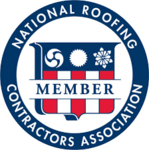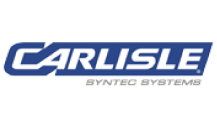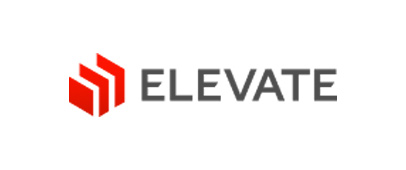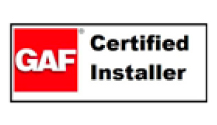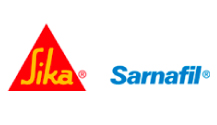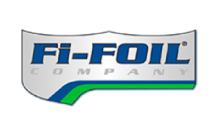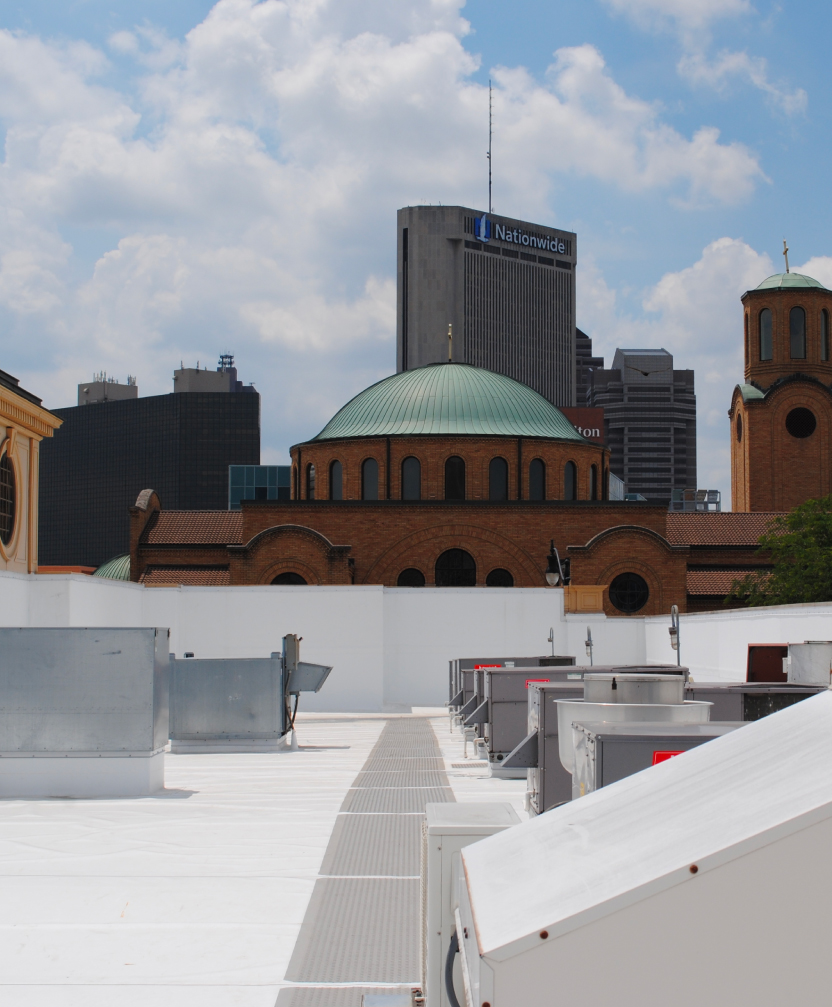HIGH QUALITY COMMERCIAL ROOF INSTALLATION
Do you have a well-built roof over your head? If your commercial roof is old, damaged, or simply outdated, turn to Division 7 Roofing for high-quality roof installation and repair in Columbus and Cincinnati, Ohio. As an experienced and trusted commercial roofing company for over four decades, you can count on us to provide exceptional services that leave you with the durable commercial roof you need to protect your business. Contact Division 7 Roofing today to request a quote on all your commercial roofing contractor needs.
HIGH QUALITY ROOF INSTALLATION
Do you have a well-built roof over your head? If your commercial roof is old, damaged, or simply outdated, turn to Division 7 Roofing for high-quality roof installation and repair in Columbus and Cincinnati, Ohio. As an experienced and trusted commercial roofing company for over four decades, you can count on us to provide exceptional services that leave you with the durable commercial roof you need to protect your business. Contact Division 7 Roofing today to request a quote on all your commercial roofing contractor needs.
If you’re seeking a reliable commercial and industrial roofing contractor in Columbus or surrounding Ohio areas, your search ends at Division 7 Roofing. We’re renowned for our integrity, delivering trustworthy services at reasonable prices using the latest roofing technology. What sets us apart is our unwavering commitment to uphold our core principles – grounded in safety, ethics, responsiveness, and quality. This balance of strong values creates a fulfilling workspace for our team, drives value for our shareholders, and underscores our sense of responsibility toward our Columbus and Cincinnati communities.
With roots dating back to 1979, we’ve been addressing the commercial roofing needs of clients across the Central Ohio area for over four decades. As a licensed, bonded, and insured entity, we don’t just meet your expectations, we strive to surpass them. Your satisfaction is our ultimate goal, and we won’t consider our job done until we’ve achieved it. At Division 7 Roofing, we pride ourselves on the relationships we’ve cultivated with our clients, providing you with affordable commercial roof installations to shield your business against external elements. Trust us to safeguard your commercial space, one roof at a time.
If you’re seeking a reliable commercial and industrial roofing contractor in Columbus or surrounding Ohio areas, your search ends at Division 7 Roofing. We’re renowned for our integrity, delivering trustworthy services at reasonable prices using the latest roofing technology. What sets us apart is our unwavering commitment to uphold our core principles – grounded in safety, ethics, responsiveness, and quality. This balance of strong values creates a fulfilling workspace for our team, drives value for our shareholders, and underscores our sense of responsibility toward our Columbus and Cincinnati communities.
With roots dating back to 1979, we’ve been addressing the commercial roofing needs of clients across the Central Ohio area for over four decades. As a licensed, bonded, and insured entity, we don’t just meet your expectations, we strive to surpass them. Your satisfaction is our ultimate goal, and we won’t consider our job done until we’ve achieved it. At Division 7 Roofing, we pride ourselves on the relationships we’ve cultivated with our clients, providing you with affordable commercial roof installations to shield your business against external elements. Trust us to safeguard your commercial space, one roof at a time.
Comprehensive Columbus and Cincinnati Area Roofing Services
With more than 35 years as a company and 150 years of combined experience in the industry, you can rely on us for all your Columbus and Cincinnati commercial roofing repair and construction needs. From new building roofing installations to minor leak fixes and emergency repairs, we offer a comprehensive suite of roofing services in Central Ohio. We do everything from new construction roof installations to minor leaks and emergency repairs. No matter what your commercial roofing needs are, you can count on Division 7 Roofing to see them through to completion.
OUR TRUSTED MANUFACTURERS
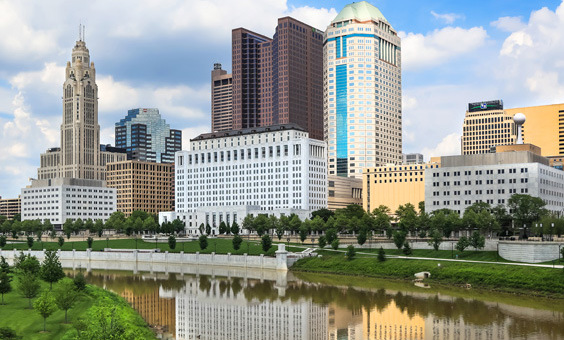
Our Cincinnati Commercial Roofers
CINCINNATI, OH 45246
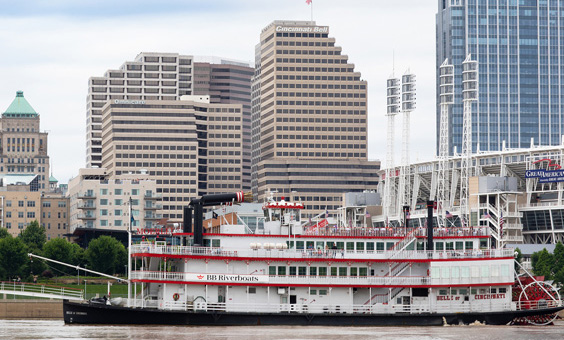
Innovative Commercial Roofing Solutions for Columbus and Cincinnati Businesses
A primary objective at Division 7 Roofing is to stay up-to-date on the latest innovations and technological developments in the commercial roofing industry to provide long-lasting roofing solutions for Columbus and Cincinnati businesses. Offering exceptional commercial roofing services is impossible without a working knowledge of the newest materials and tools that allow us to improve our services. Our team is skilled and equipped with the most recent materials and tools in the industry, ensuring we deliver exceptional roofing services to all our clients. The tools and technology we use allow us to assess your current roof and install a new one that will last for years to come.
Contact the Leading Columbus and Cincinnati Area Commercial Roofing Company
If your commercial roof is in need of some attention, you can count on Division 7 Roofing to see to it. With over 35 years of experience, you can trust our team to deliver the quality commercial roofing services you deserve at a competitive price we know you will love. Contact us today to request an estimate from the leading commercial roofing company in the Columbus and Cincinnati area.
Division 7 Roofing: Your Top-Rated Commercial Roof Repair & Installation Contractors Near Columbus and Cincinnati Ohio
Roofing With Integrity
At Division 7 Roofing, we have served over 50,000 Columbus and Cincinnati area clients with exceptional commercial roofing services for more than 35 years. Headquartered just 30 minutes north of Columbus in Galena, our team specializes in premium roof installation, regular maintenance, and swift repair of commercial roofs in the Columbus and Cincinnati area. We’re proudly A+ rated with the Better Business Bureau and have upheld a 100% success rate in installations. By working with general contractors for new construction roofing and building owners, we ensure a tailored service to meet their specific needs.
Trade Organizations:
- National Women in Roofing
- Roofing Technology Think Tank
- Roofing Alliance
- NRCA
- BOMA
- Roofers Coffee Shop
Charity Organizations:
- The Salvation Army
- Columbus Diaper Coalition
- Wounded Warrior Project






